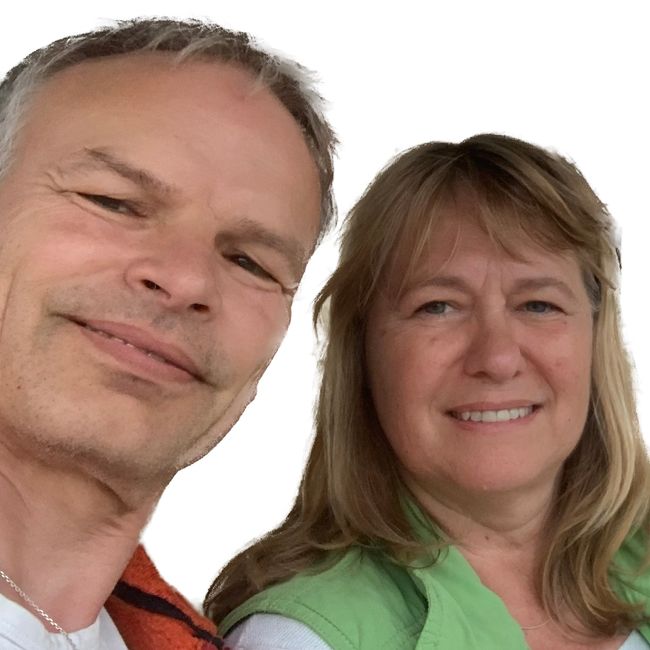Matera
شايع ٿيل: 16.05.2023
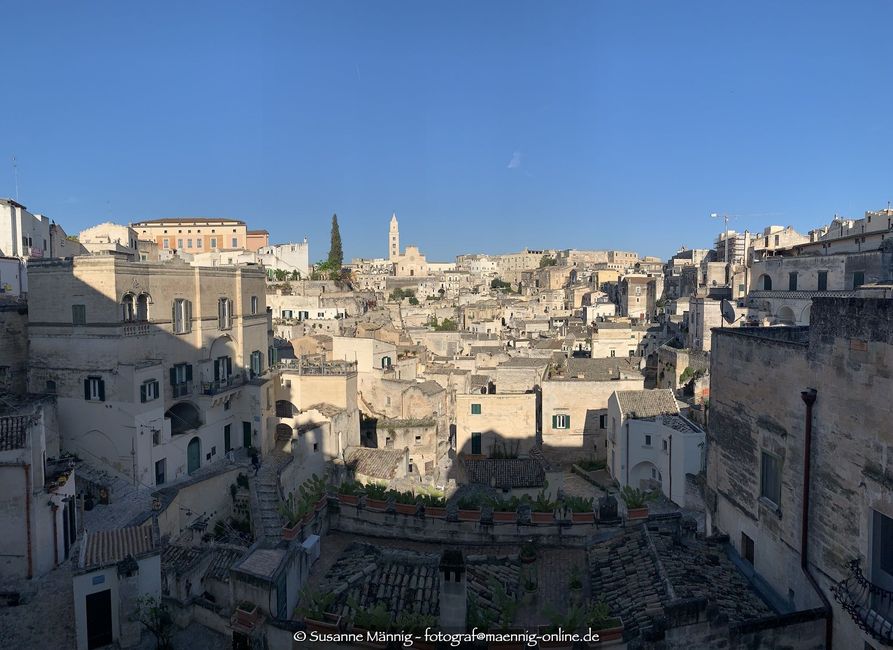
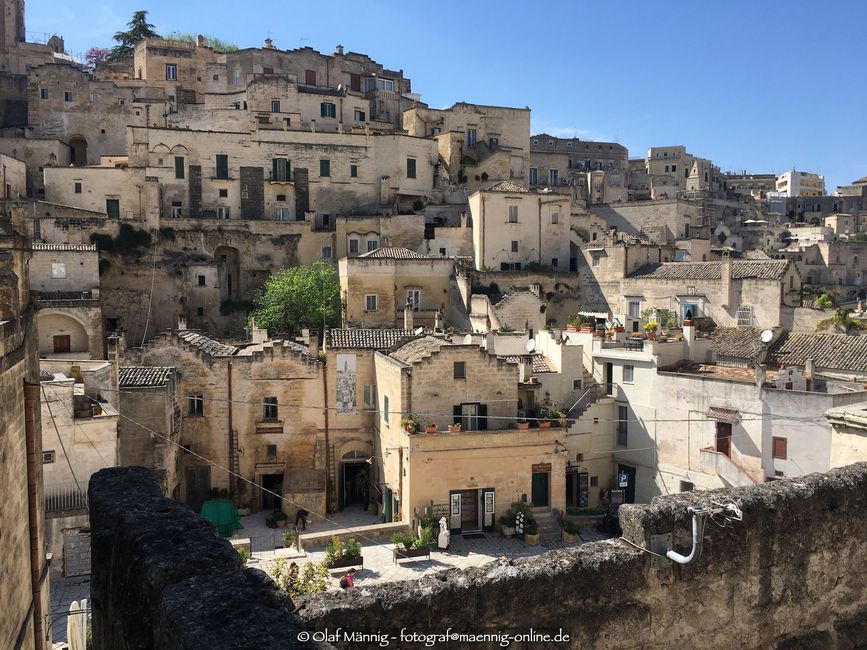
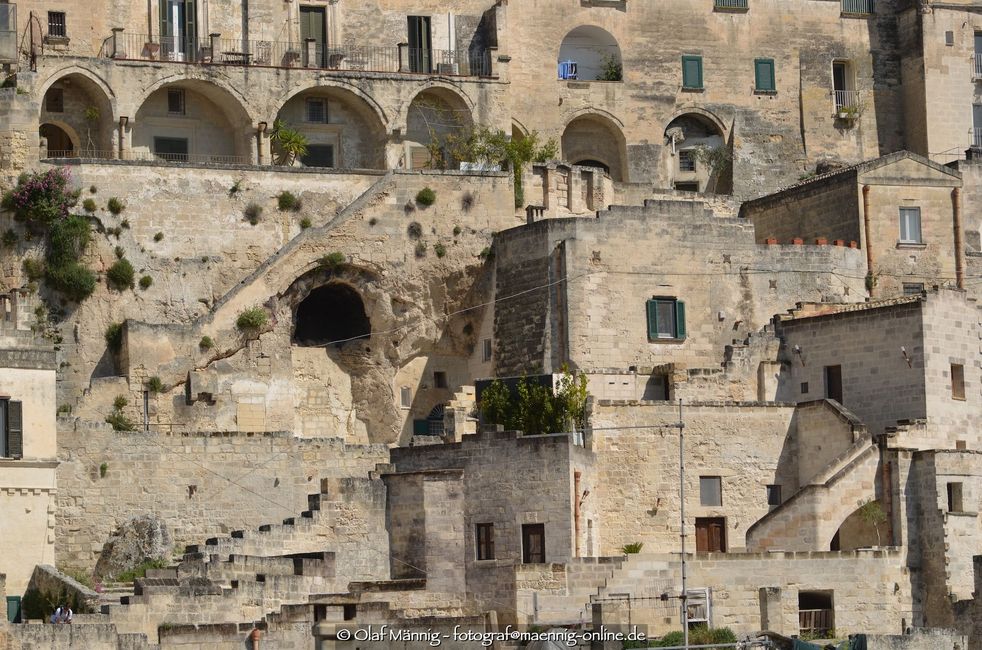
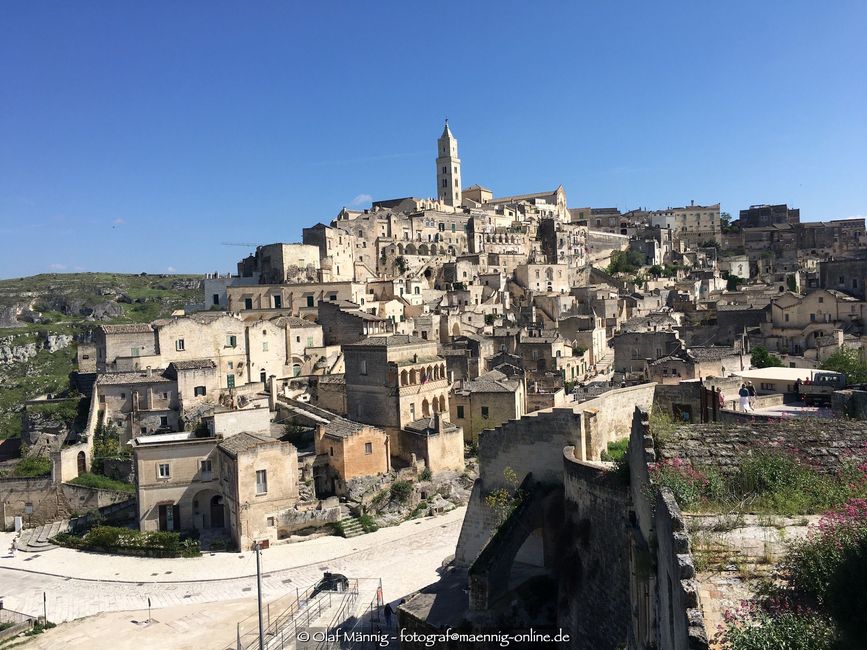

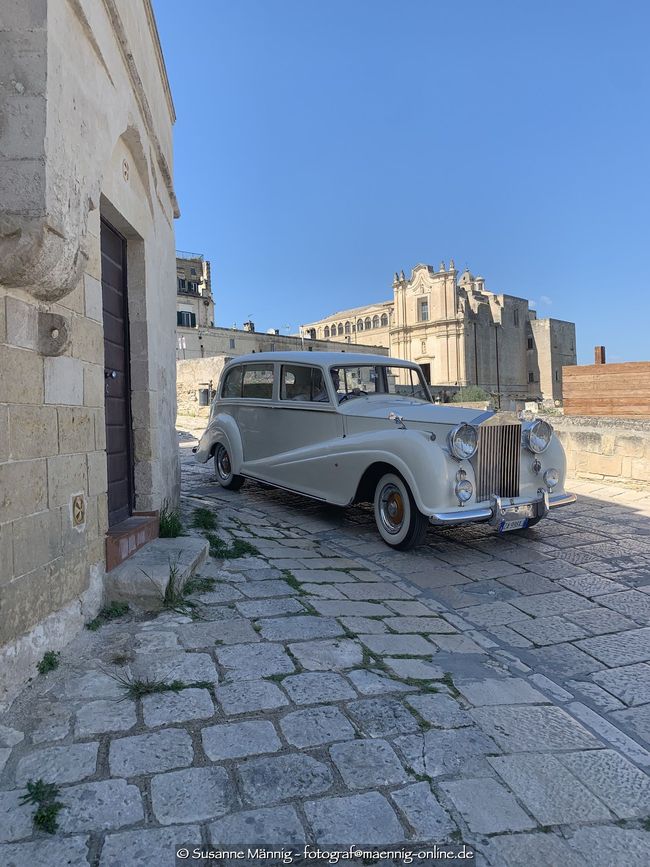
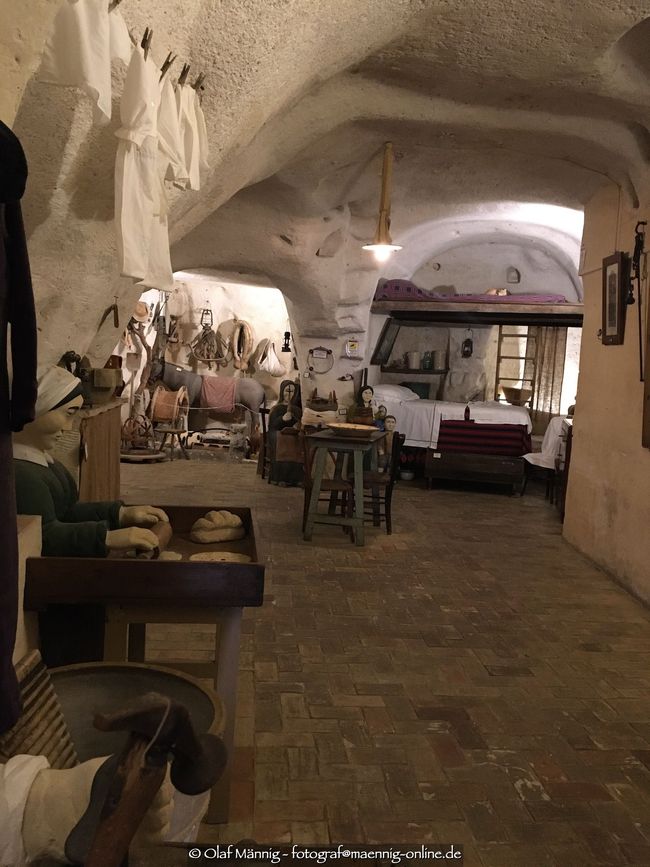
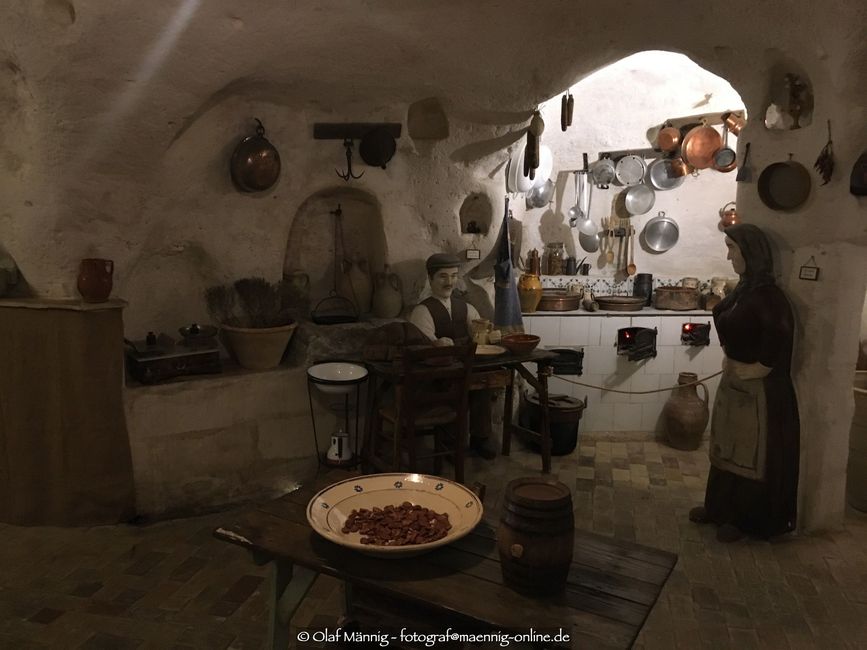
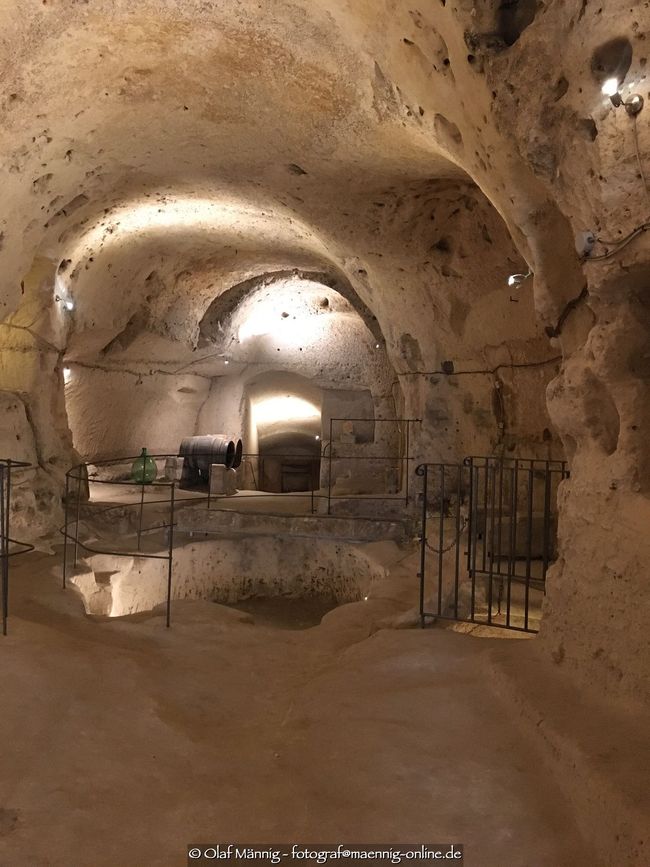
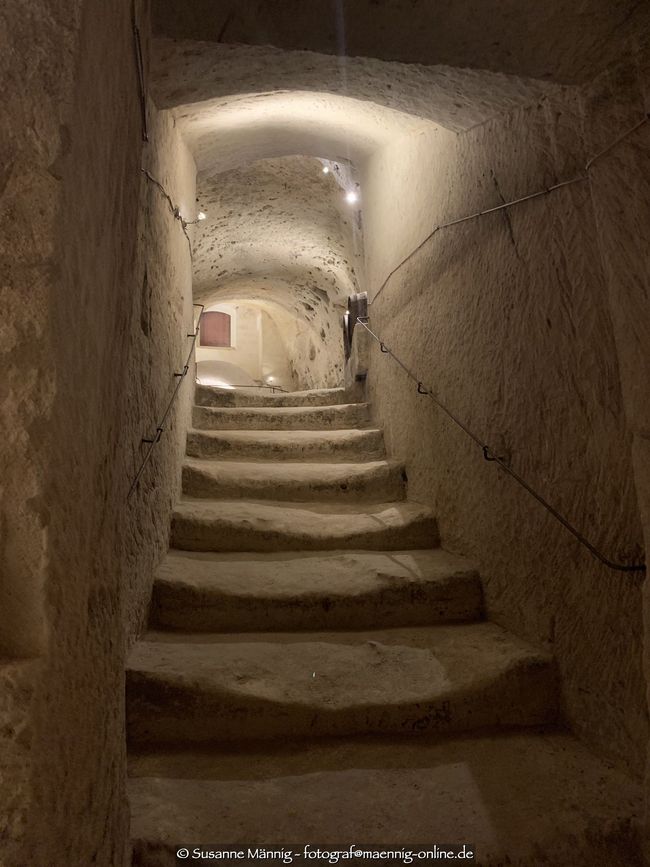
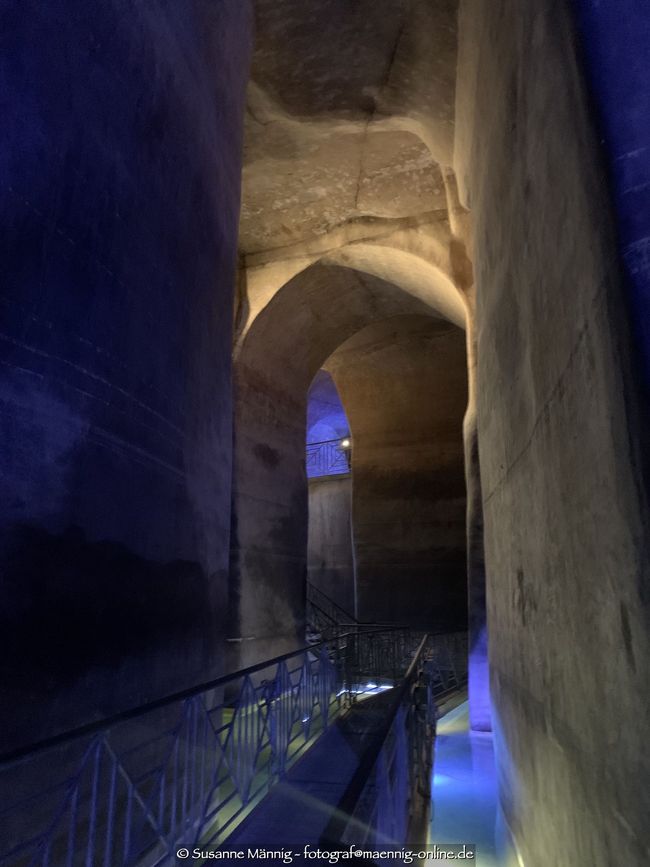
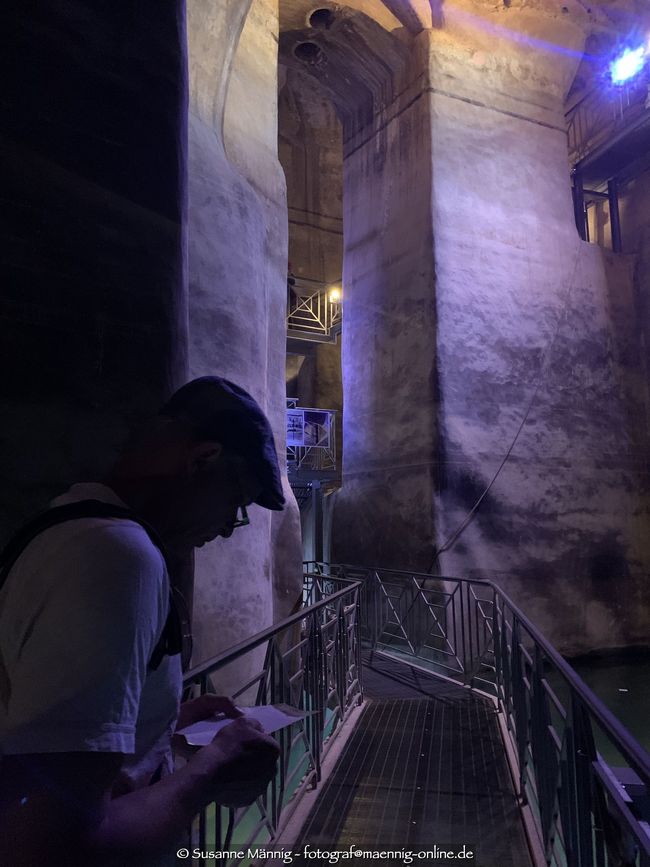
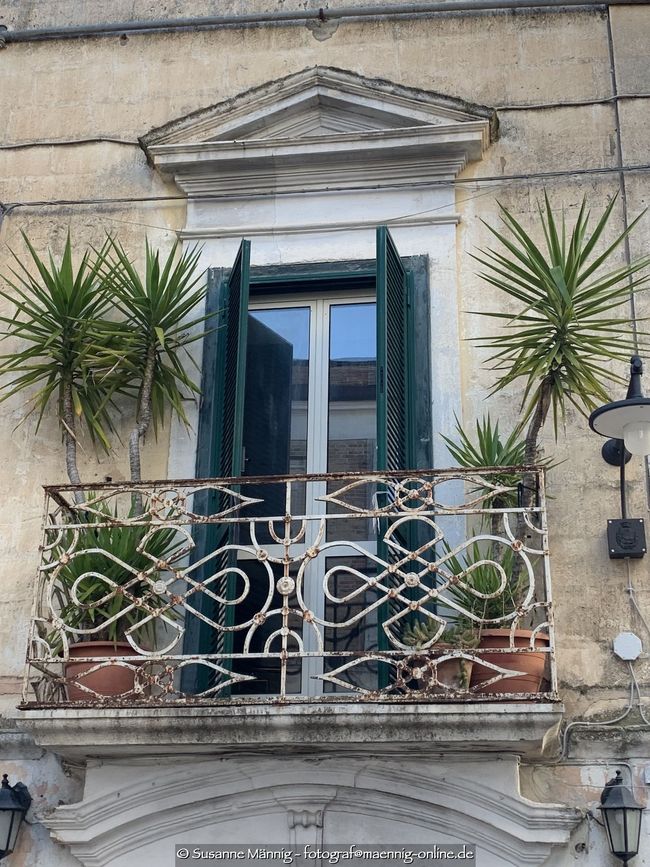
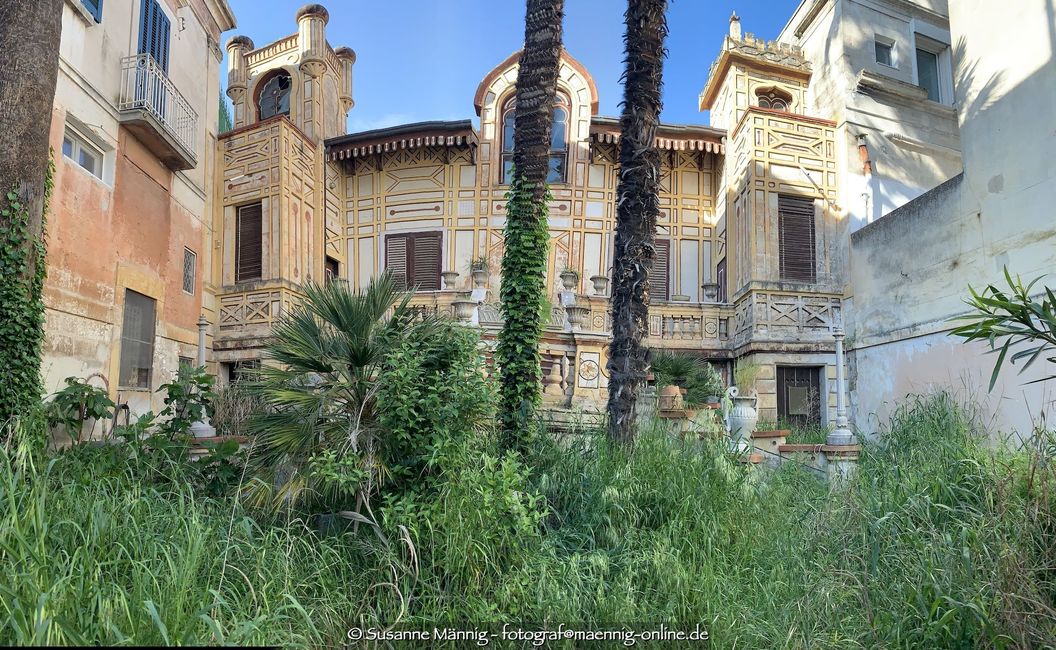
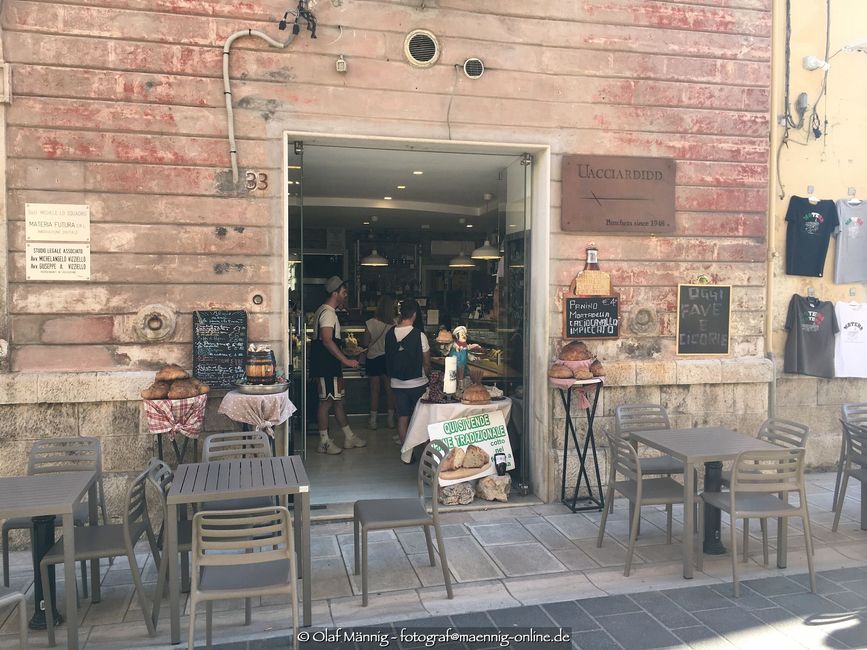
نيوز ليٽر جي رڪنيت حاصل ڪريو
The historic center of Matera consists largely of the so-called Sassi, caves carved into the rock that were inhabited until the 1950s.
If one examines the situation and conditions that existed at that time, it is less romantic or delightful than it may sound or than it may appear today. Because people had to live in the damp caves without heating, electricity, proper sewage, and running water under dramatic circumstances.
In such a cave of maybe 40 square meters, a family of up to 10 people lived, formerly also with at least one donkey and chickens, which had their stable under the only large bed (which everyone shared) so that the poultry gives its warmth to the people above during the night.
After a well-known Italian writer made the catastrophic conditions public and described it as a national disgrace that parts of the population in Italy had to live in these conditions, the 15,000 residents were relocated to newly built towns nearby.
Afterwards, the caves were placed under monument protection and the entire region was renovated. Since 1993, the Sassi have been a UNESCO World Heritage Site: https://whc.unesco.org/en/list/670.
We visited a working cave where wine and olive oil were produced, as well as a replica of a residential cave.
Interesting is the sharp and at the same time harmonious contrast between the ancient lower town with its Sassi and the modern upper town. Coming from below, we reach a kind of platform below the Belvedere, which also provides access to the largest former rainwater cistern in the city (with a capacity of 5 million liters of water). If you climb a few steps up from this platform, you will find yourself in a modern square in the middle of the pedestrian zone, surrounded by today's amenities such as cafes, ice cream parlors, and shops.
نيوز ليٽر جي رڪنيت حاصل ڪريو
جواب
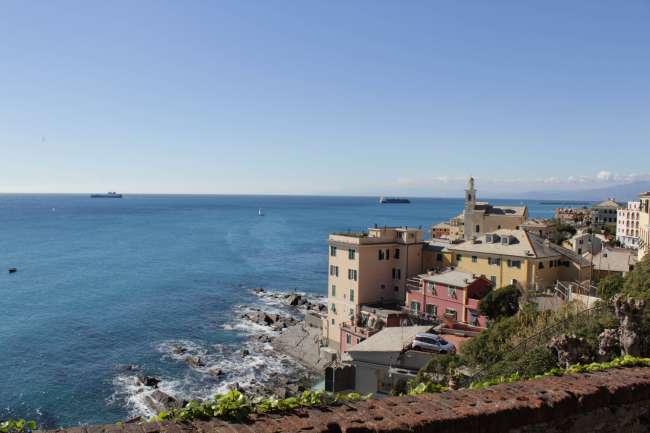
سفر جون رپورٽون اٽلي

